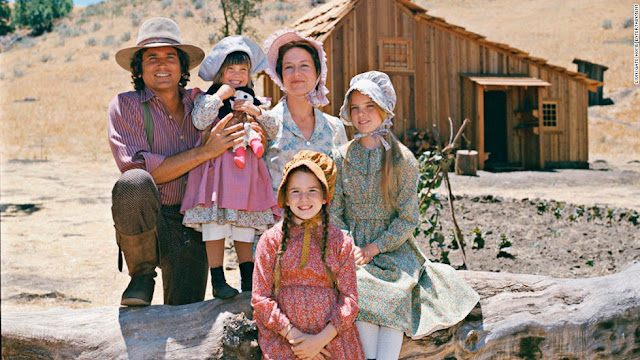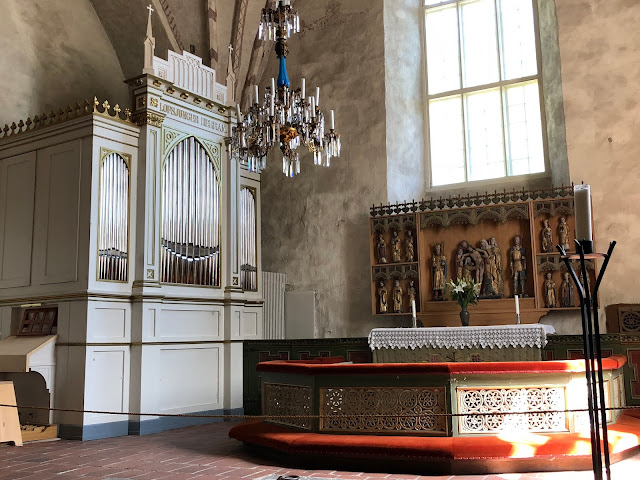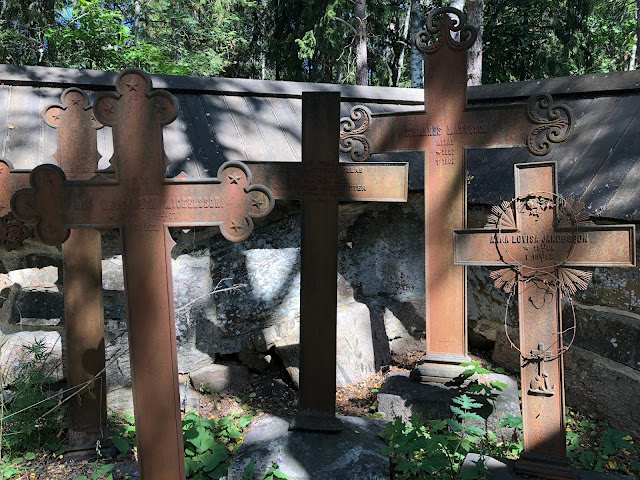your immigrant ancestor did NOT change their name at Ellis Island
Historical and social myths float around and snare plenty among us. I'm a historian and may or may not have fallen for a few fictions in my time. Here are a few common myths which I will now debunk. These are a burr under my saddle.
all are scrubbed clean and smiling; I wish that was the truth
A common social myth:
Life was so much better for children in the past. Oh dear.
"Little House on the Prairie" has become entrenched in our psyche. How very tragic childhood once was. Children expired in droves from diseases we now prevent with vaccines or treat with antibiotics. Safety measures in vehicles, on playgrounds, and in the home have prevented maiming and deaths of children. We regret that children are no longer encouraged to run wild and free, yet maybe that wasn't a great idea anyway. Too many suffered harm due to lack of supervision. Children once played in the railroad yard around moving trains and dangerous equipment, horsed around at home near red-hot wood-burning stoves, and jumped off high bridges into swollen rivers. Poisonous substances were routinely used around home and farm, and house fires trapped young innocents. Maybe you were careful, but your neighbor might not be. What a heartbreak for me to be in the midst of a research project and see a death register or
gravestone listing every one of the children in a family.
George Washington's magnanimous act of owning up to cherry tree destruction is a famous American historical myth. We believed it as children, then were shocked to discover it was not true.
All Americans know
the first Thanksgiving was at Plymouth a year after the Pilgrims arrived in Massachusetts. They set up hand-hewn banquet tables and invited all the Native Americans they could find, right? Ummm, no. Evidence of a harvest feast exists, with local Indians attending, but it was certainly not a Thanksgiving dinner and celebration of gratitude as we practice it now. Thanksgiving as an acknowledgement of blessings was created during Abraham Lincoln's presidency. There is no harm in having fun with the myth, as long as we know the truth.
In past generations married women stayed home with their children. Women's Lib movement paved the way for employment in the 60s and 70s. Not really. As with many social standards, female employment outside the home was a function of time, place, culture, race and religion. And need. My great-grandmother worked as a nurse circa 1900 after her husband died at age 40. My grandma worked for S.S. Kresge beginning in the 1930s to help grandpa put food on the table, and my mother went to work about 1968 for the local school district after her children were all settled in school. The Estey Organ Company in Brattleboro Vermont and M.J. Doyle Printing Company in Holyoke Massachusetts are two companies I personally know of that relied on female employment, even of married women. The difference between then and now is that women can expect career advancement in their field.
People didn't used to move (change residences) like they do now. Seriously, why would anyone think this is true? I hear it regularly in my work with people seeking out their family history. It appears this myth comes from the fact that because we have better transportation and greater opportunity for locating new employment, we move more often. But think about it. In the past folks were not as burdened with 'stuff.' If they found cheaper rent, well then, off they went to the new digs. In cities with a surplus of tenements, landlords could offer several months free rent to entice tenants. A family could live almost rent free, and some did, by constantly moving for the freebie. New work positions often passed by word of mouth, and folks were not averse to moving for a new position immediately; two weeks' notice was not a thing until about mid-century (20th). Very few owned their own homes in large eastern cities and rents were collected weekly. Folks could move on a dime. People were as mobile in the past as we are now.
Women were barred from owning property before modern times. I've seen many deeds issued to women purchasers of land and property in the 1800s, in parts of New England. Again, time and place matter, and culture, race and religion affected public policy all over the world. In plenty of places restrictions dis-allowed women from land ownership and other advantages, just not always, and not everywhere.
And now, Ellis Island:
It is commonly heard that a person's ancestors had their names Americanized at Ellis Island. They may have been born Wiznewski, but the kindly immigration agent felt sorry for them, and gave them the surname Wise. This one is 100% untrue, yet I not infrequently hear it repeated in a firm, factual tone by a third or fourth generation American who has not dived deep enough into their family history to know any different.
In the 'old country,' which refers to an immigrants homeland, the names of those leaving for the US were entered onto the ship manifest using the spelling they commonly used. Those manifests were carried to the port in America, and immigrants were processed using those manifests. With hundreds, and later thousands of immigrants passing through ports every day, the exhausted agents could not possibly worry about the spelling of a name. It was not in their job description.
Here is how immigrant names were actually simplified: the immigrant changed it himself, either formally or informally. My Grandpa came from the Austro-Hungarian Empire in 1910. His surname was Bubnas, with a hacek over the letter "s," giving the end sound of 'sh.' Sometime between 1920 and 1930 Grandpa began using the spelling of his surname that we commonly use now, Bubnash. His life was probably less confusing when his surname's spelling conformed to English sounds. There are endless examples of these kinds of changes. Szorokacs became Sorokes or Sorokach. Pehanics became Pehanich, Maczko became Matsko, and so on.
Immigrants were also known to simplify their surname to one that sounded similar in English. Or they could completely abandon the old for a name they liked the sound of. A friend of mine with the surname Scorup told me that her ancestors were Danish Christensens. And there were so doggone many Christensens that when they saw the name Scorup somewhere, they adopted it, definitely distinguishing themselves from the oodles of Danes all around them.
Note: Hundreds of myths are listed
here



















































